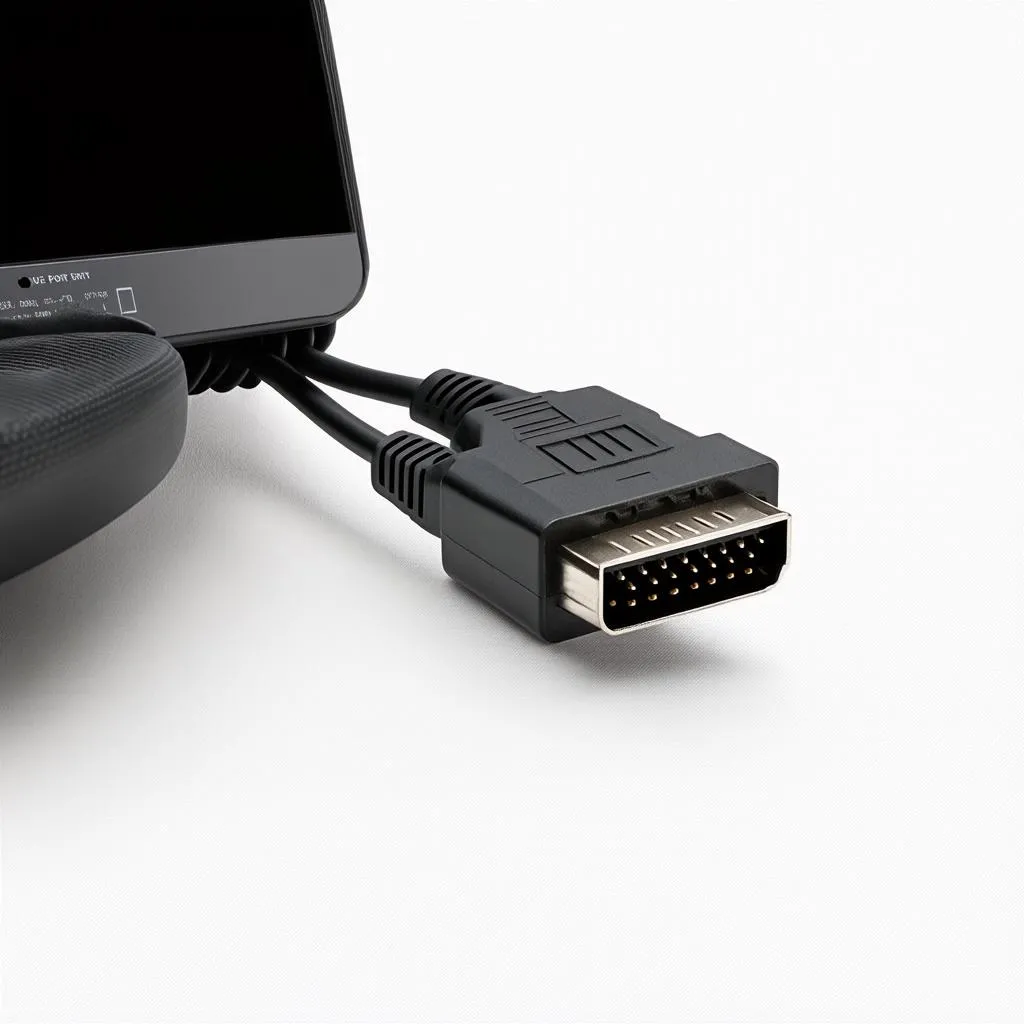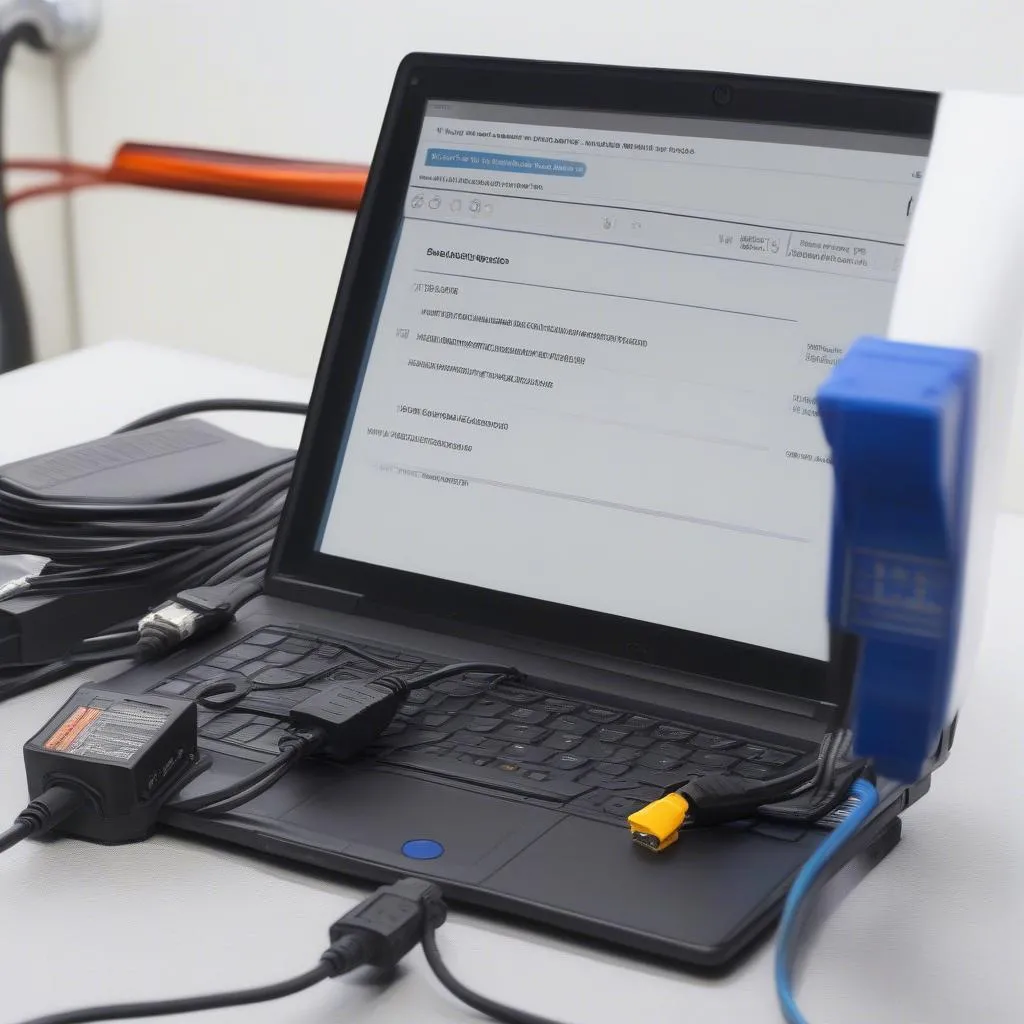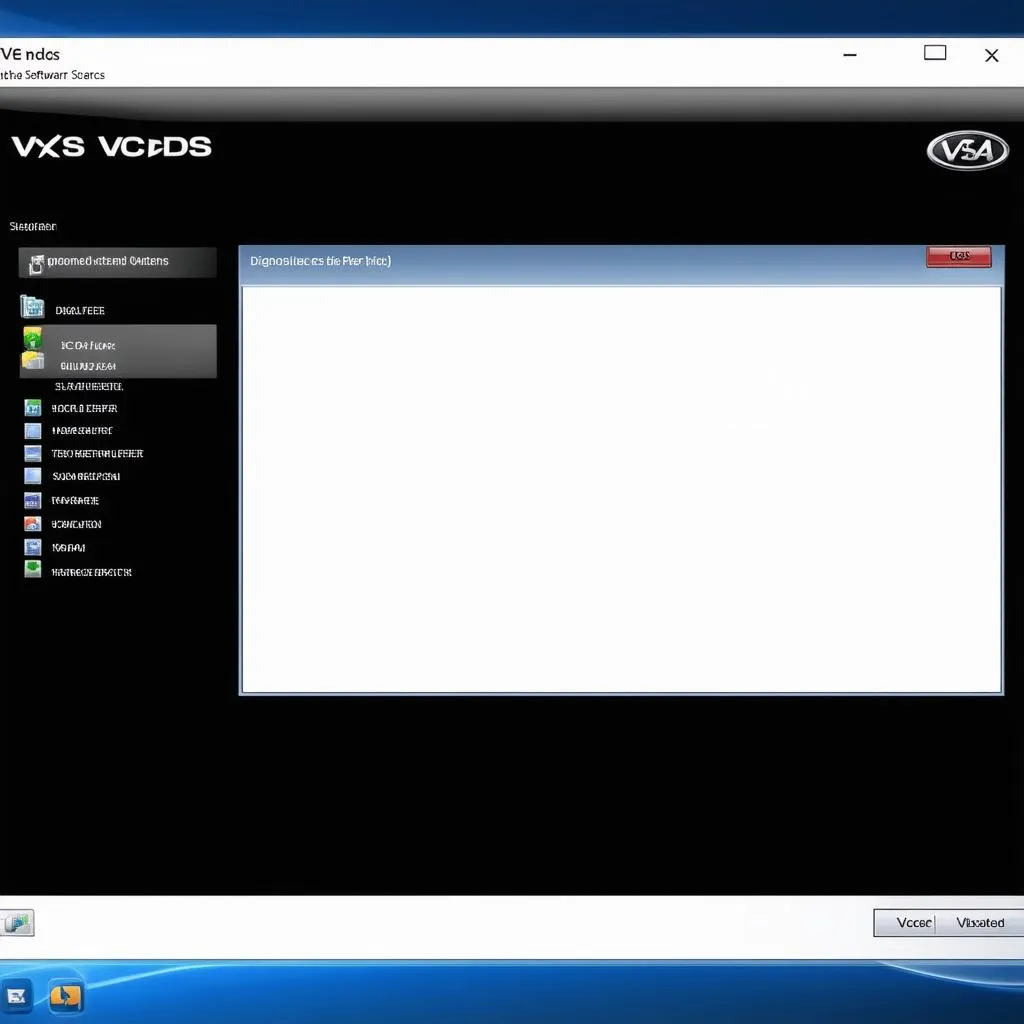In the realm of automotive diagnostics, VCDS (Vag-Com Diagnostic System) has emerged as an indispensable tool for technicians and enthusiasts alike. Its ability to delve deep into the intricate control modules of Volkswagen Group vehicles allows for comprehensive diagnostics, coding, and adaptations. At the heart of VCDS’s functionality lie the “Basic Settings Groups,” a powerful feature that often leaves users seeking a clear understanding.
This comprehensive guide aims to demystify VCDS Basic Settings Groups, providing you with the knowledge to navigate this essential aspect of the software confidently. Whether you’re a seasoned technician or a passionate DIYer, this article will equip you with the insights to unlock the full potential of VCDS.
What are VCDS Basic Settings Groups?
In essence, Basic Settings Groups are predefined procedures within VCDS that enable you to interact with specific control modules in your Volkswagen Group vehicle. These groups contain a series of instructions that the control module executes sequentially, allowing you to test components, calibrate sensors, and perform adaptations.
Imagine Basic Settings Groups as a set of recipes for your car’s computer. Each group corresponds to a specific function, and by running through the steps, you’re essentially telling the control module to perform a specific task.
Accessing Basic Settings Groups
Accessing Basic Settings Groups within VCDS is straightforward:
- Connect your VCDS interface to your vehicle’s OBD-II port and launch the software.
- Select the appropriate control module for the function you wish to access.
- Navigate to the “Basic Settings” tab.
- Choose the desired Basic Settings Group from the list.
Common Uses of Basic Settings Groups
The applications of Basic Settings Groups are diverse, spanning a wide range of diagnostic and adaptation procedures. Here are some common uses:
1. Component Testing
Basic Settings Groups facilitate the testing of various components, such as actuators, sensors, and valves. For example, you can use a specific group to command an EGR valve to cycle, verifying its functionality.
2. Sensor Calibration
Many sensors require calibration to ensure accurate readings. Basic Settings Groups provide a standardized method for calibrating sensors like throttle position sensors, steering angle sensors, and mass airflow sensors.
3. Adaptation Procedures
Modern vehicles rely heavily on adaptations, where the control module learns and adjusts to varying operating conditions. Basic Settings Groups allow you to perform adaptations for components such as transmissions, throttle bodies, and even headlights.
4. Troubleshooting
When diagnosing complex issues, Basic Settings Groups can aid in isolating the root cause. By observing the response of components during specific procedures, you can pinpoint malfunctions more effectively.
 VCDS Basic Settings Screen
VCDS Basic Settings Screen
Example: Throttle Body Alignment
To illustrate the practicality of Basic Settings Groups, let’s consider the example of throttle body alignment. Over time, the throttle body can lose its alignment, leading to rough idling or hesitation. By accessing the appropriate Basic Settings Group for the engine control module, you can initiate a throttle body alignment procedure.
During this procedure, the VCDS interface guides you through the steps, typically involving turning the ignition on and off, depressing the accelerator pedal, and observing the software’s prompts. Upon successful completion, the throttle body will be realigned, restoring smooth engine operation.
Precautions and Best Practices
While Basic Settings Groups offer immense diagnostic and adaptation capabilities, it’s crucial to exercise caution and adhere to best practices:
- Consult Reliable Sources: Before attempting any procedures, refer to reputable service information, such as factory repair manuals or trusted online resources.
- Understand the Risks: Modifying settings within control modules can have unintended consequences. Ensure you fully comprehend the implications of any adjustments before proceeding.
- Note Original Settings: Prior to making any changes, document the original values of any settings you modify. This allows you to revert to the previous configuration if necessary.
FAQs about VCDS Basic Settings Groups
Q: Can I damage my car using Basic Settings Groups?
A: While Basic Settings Groups are designed to be safe when used correctly, improper use or modifying settings without proper understanding can potentially lead to issues. Always consult reliable sources and proceed with caution.
Q: Where can I find the correct Basic Settings Group for my vehicle?
A: Refer to your vehicle’s factory repair manual or consult reputable online resources like Ross-Tech’s Wiki or dedicated VCDS forums.
Q: Can I use Basic Settings Groups to code new features?
A: While Basic Settings Groups are primarily for diagnostics and adaptations, some coding functions can be accessed through them. However, for extensive coding, the “Adaptation” and “Coding” functions within VCDS are more suitable.
 VCDS Cable Connected to Car
VCDS Cable Connected to Car
Conclusion
VCDS Basic Settings Groups are an indispensable tool in the arsenal of any Volkswagen Group vehicle owner or technician. By understanding their purpose, applications, and precautions, you can harness their power to diagnose issues, calibrate sensors, and perform adaptations with confidence.
If you’re looking for more in-depth information or need assistance with specific VCDS functions, don’t hesitate to reach out to CARDIAGTECH. We offer a wide range of automotive diagnostic tools and resources to help you keep your vehicle running smoothly. You can explore our range of products, including VCDS interfaces, on our website: https://cardiagtech.com/
Remember, knowledge is power when it comes to automotive diagnostics. Embrace the capabilities of VCDS Basic Settings Groups and unlock a new level of control over your vehicle’s systems.


